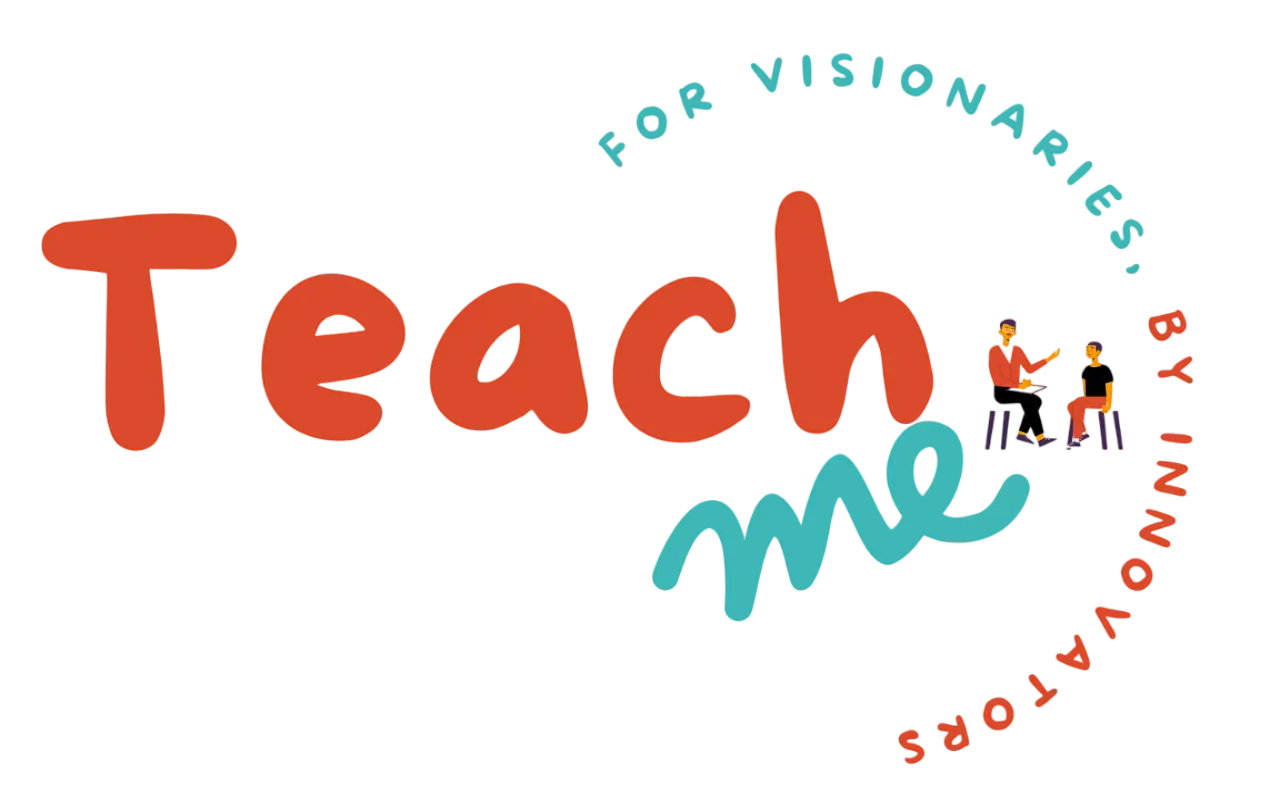A content management system (CMS) is an application that is used to manage web content dynamically, allowing multiple users to create, edit and publish. In CMS Content is typically stored in a database and displayed in a presentation layer based on a set of templates.
The following are the basic features of a CMS:
Easy Administration:
- The admin dashboard is the powerfull tool in any CMS and it should make it very easy to manage all the operations involved in content production. This means:
- Track the scheduled content and related assets.
- Monitoring site and administrator activity
- Creating functionality through modules and plugins.
- Managing notifications for each and every tasks
- Administering multiple sites and platforms.
It is very easie to handle the content workflow within a single piece of software that gives everyone the appropriate access for their level of responsibility.
Powerful Publishing Tools:
Just as the content you publish is the backbone of your interaction with your key audiences, publishing tools are the core of any CMS. A good CMS will adapt to the type of content you want to publish – everything from short news items to longer articles with custom layouts to landing pages with embedded documents – and integrate this into an overall publication workflow.
When working with content, it’s also very important to be able to move articles around when needed. For example, you may need to un-publish a seasonal promotion or content, while keeping the content handy to be refreshed the following year.
SEO Tools:
Search engine is always tweaking its search algorithms and there are many factors that influence your website ranking.
While it may be difficult to know every off-page factor that plays into your website search rankings, you can be sure that on-page search engine optimization isn’t going away.
A great CMS will have built in SEO tools to help you automatically create URLs that work for both readers and search engines.
Social Media Integration:
It easy to share the content on social media platforms using sharing buttons , and also ensure your content is optimized for sharing on each platform, to encourage users to share your content with their audiences.
Think about whether your CMS automatically formats your articles in Twitter cards, or if it appends your Twitter username to any piece of shared content. Or if it uses Open Graph tags to optimize the display of shared content on Facebook.
Analytics:
Your CMS should integrate with the most popular analytic tools like Google Analytics – so that you can keep track your KPIs right from your dashboard.
Admins should also understand where the key audiences are coming to your website, what technology they are using, how they are interacting with content on which platforms, and which pieces of content are most popular, base on user engagement you refine the content strategy.
Security:
When you are using different content management systems, keep a closely monotring on security:
What the platform offers
How much work it’s going to be for your team to achieve your security standards
Whether your customers and their data are going to be secure
The CMS has made creation, management of website contents for businesses easily, effective and secure. That is because managing a complex website with high numbers of contents is not an easy way and it is need to be done by a webmaster who will organize contents that it made by many authors. Also businesses need to have CMS because planning, creation and archiving contents will be managed by the CMS in easy way. Open source CMS are financially viable option for large companies with highly complex websites if they found the best one that have their requirements and it can help them to achieve their goals in the future.


